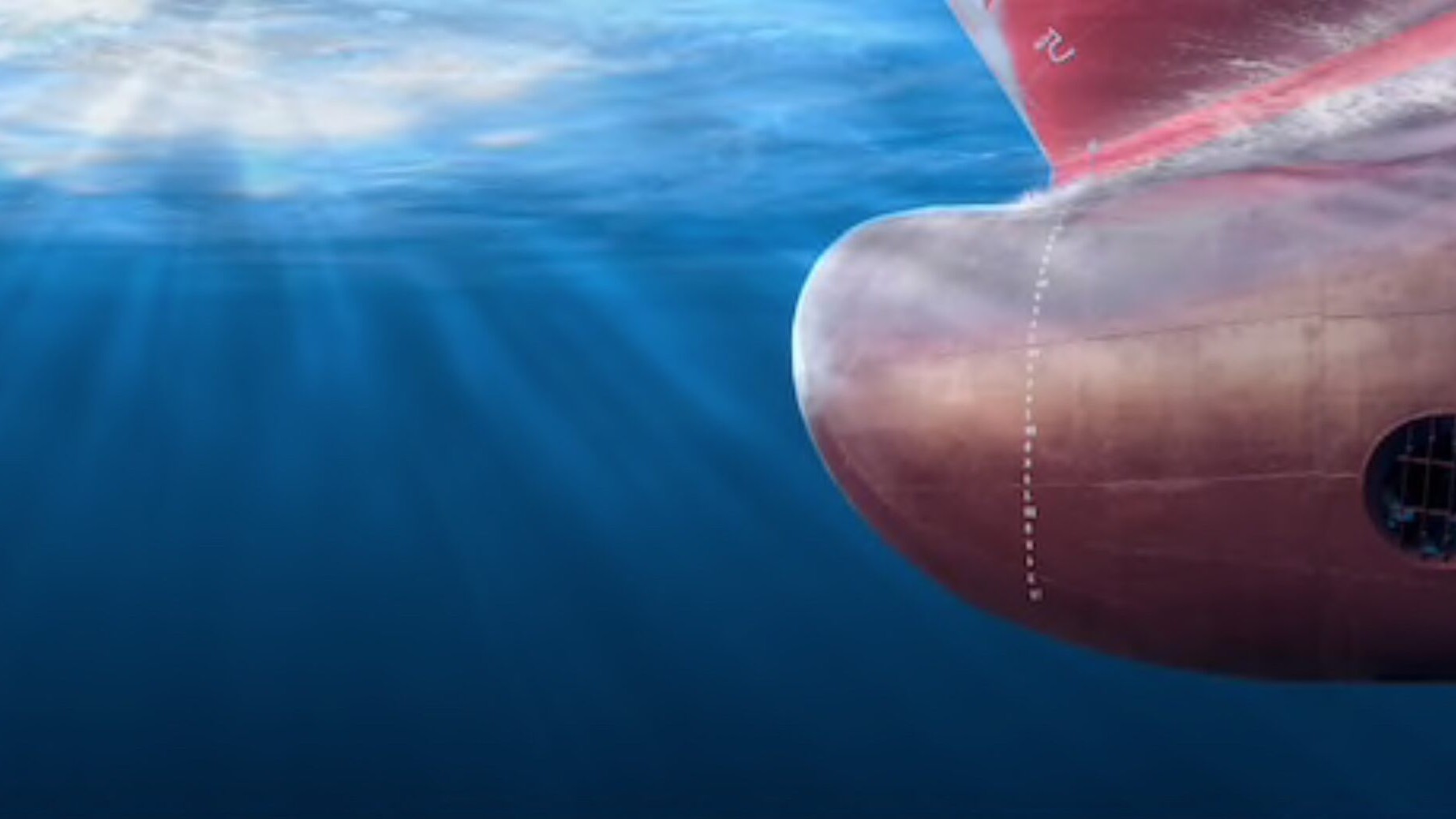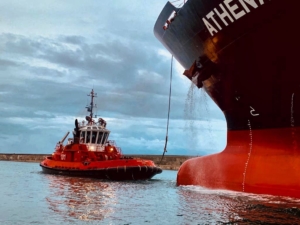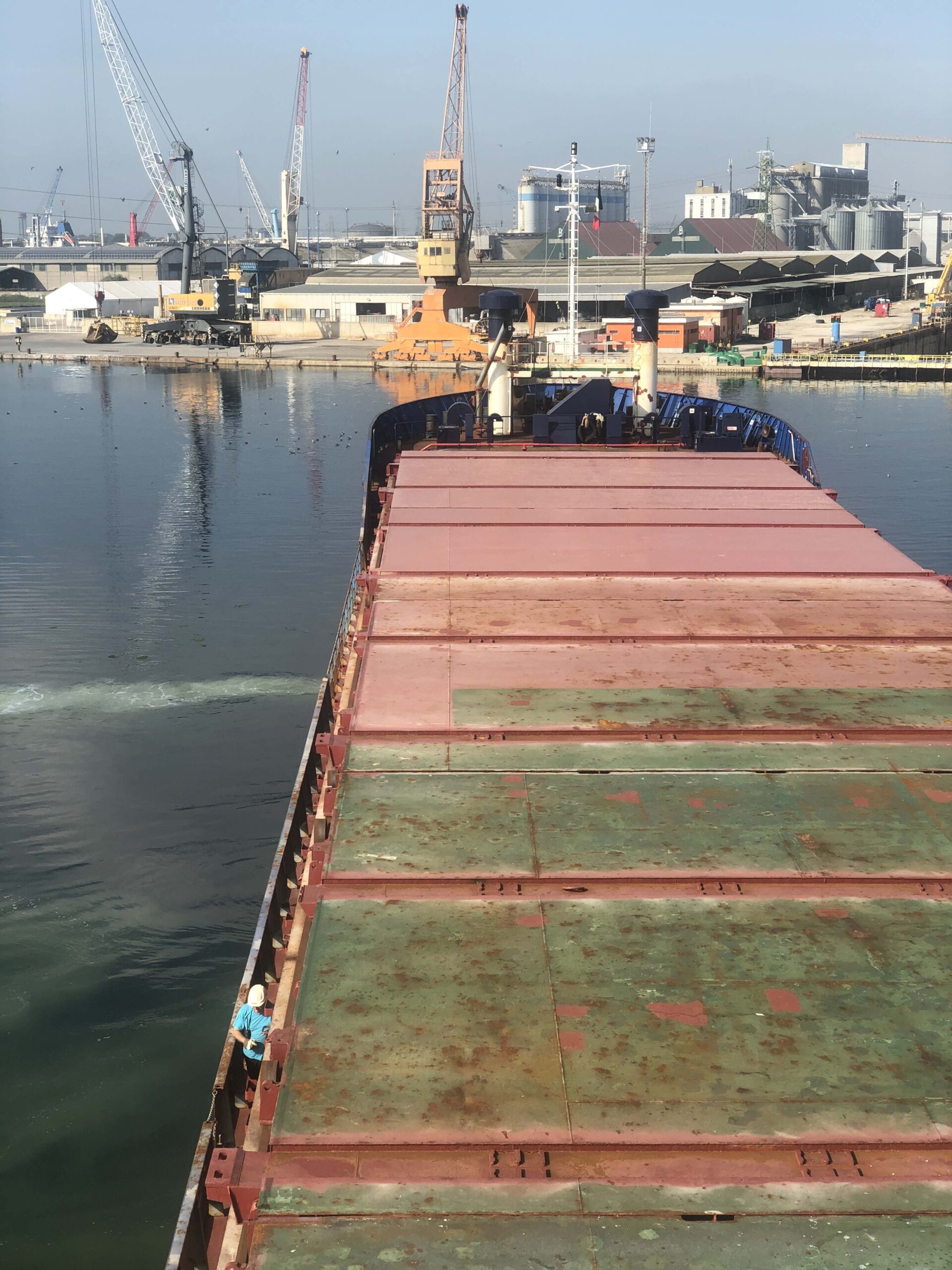
Bow Thruster Vs Tugboat
It is not uncommon, during the exchange of information preliminary to the manoeuvre – mooring or unmooring – of a ship, that the captain refuses the use of the tug, or wants to reduce the number if more than one is needed, justifying the choice with the sentence: “We have the Bow Thruster …”
The question arises: “Does the Bow Thruster replace the tug?”
Yes and No.
I’ll explain.
In our journey through the decades, as men and “seafarers”, we try to keep up with the times … and the times constantly offer us innovations of all kinds.
The Bow Thruster (BT) cannot be said to be the latest technological advancement. However, it is not even an ancient instrument. It first appeared on a Russian military ship (Sverdlov) in the late 1950s and reappeared in the civilian field around the 1980s.
And like all the innovations in a period of great ferment, it struggled to establish itself due to production and installation costs.
BT has evolved considerably from the 1980s to today; with increased powers and reliability improvement, a wider diffusion followed.
Often associated with Stern Thrusters, high-efficiency rudders (e.g. Becker and Shilling), Schottles, Azipod and so on, the bow thruster effectively improves the manoeuvrability of any boat.
But if for a specific type of ship, small or hyper-technological, these new tools limit (reasonably) the need to have a tug on assistance, for many others, it is neither simple nor obvious.
In the maritime field, great attention is paid to ensuring adequate security for the situations to be faced, often in contrast to pure economics.
This aspect is taken care of when manoeuvring in ports, confined spaces, and obstacles.
If, on the one hand, we obtain maximum security with absolute immobility, on the other maximum danger with total deregulation. So a “super partes” subject must introduce some element of harmonization.
Through the Port Authorities, the State carries out this critical regulatory function.
In turn, the Harbor Offices use the Nautical Technical Services to translate the provisions into practice.
However, this work, by its nature, is not static. It continues to change daily, driven by the continuous technological evolution accompanied by the imposition of the phenomenon of “naval gigantism”, where classic mono-propellers, equipped with BT, push not infrequently – for a limitation in the use of tugs in favour of the management economy.
At the beginning of the article, I wrote Yes, and, in fact, large ships that perform well in manoeuvring and whose bow propeller is effective undoubtedly exist.
Detaching parallel from a quay with only one tug to support the stern is rarely a problem, just as manoeuvring in a turning basin or mooring with the ship almost stationary is often not a problem. On the contrary, the feeling of ready-to-use and directed power obtained with a Bow Thruster often lead to further appreciation of this splendid invention.
Sometimes, however, the totality of a ship’s manoeuvre to dock or depart from a Port is not considered: approaching, boarding the pilot, navigation to the mooring, turning, moor and vice versa.
During these phases, the speeds are variable and can rise and fall for various reasons: facing a current, a gust of wind or maintaining the steering, it may be necessary to stop somewhere along the way to cross another ship or to manage an unexpected event. The same mooring can lead to significant problems when unfavourable to the paddle-wheel effect. (In this regard, we will devote an entire article to the manoeuvring technique).
I remember a nocturnal manoeuvre: “Turkish national ship planned to moor with its starboard side on the assigned quay; traditional single prop with left-handed effect, medium size – about 130 meters long – equipped with bow thruster.
During the usual exchange of information, we decide, by mutual agreement with the captain, given the ship’s characteristics and the excellent weather conditions, to proceed with the mooring without any tugboat assistance. Towards the last stages of the approach, at a speed of about 3 knots, the main engine decides to no longer respond to the bridge commands.
The manoeuvre set involved an approach to the quay at a wide angle to exploit the effect of the propeller; this allowed us to continue the procedure by putting the anchor on the port side, using it as a brake. We managed to dredge it, get a few meters from the quay, and then leave another half, enough to make it hold. This way, we have given the proper rotation to the bow and turned off the residual headway.
The Bow thruster was very useful to keep the bow in the different phases, but we would undoubtedly have felt safer if we had secured our good tug to the stern.
Unfortunately, it is not possible to always foresee any unforeseen event. Indeed, this experience has also provided interesting food for thought.
BT is only effective below a certain speed. The lateral force that pushes the bow has its maximum expression when the ship is stationary. With forward motion, the effect of the bow thruster is reduced by half at 2 knots. With speeds between 1 and 2 knots, we can achieve efficiency losses of up to 40%.
The immersion of the Bow Thruster is equally essential. If it works a little immersed, it may find itself pushing a mixture of water and air, causing decay of the thrust produced or of the propeller’s efficiency driven by the cavitation generated by the low pressure of the water.
Therefore, if it is true that a good BT is beneficial to all ships, it is equally valid that it is not “always and in any case”.
 On the other hand, using a tug increases safety just when the risk increases. That is when a breakdown occurs while the ship is moving.
On the other hand, using a tug increases safety just when the risk increases. That is when a breakdown occurs while the ship is moving.
The tugs develop powers that are difficult to obtain from a single bow propeller and can work on different angles, pulling or pushing, making them particularly useful in strong winds.
Another limitation of BT is its dependence on the ship; precisely for this reason, a possible blackout would deprive us of this critical resource. In cases like this, the tug becomes vital.
We always imagine the worst-case scenario and think about the solutions we can adopt to prevent the occurrence of unmanageable situations.
We remember that large ships correspond to significant damage.
A ship of significant size has less margin for error, greater stopping distances, enormous inertia and drafts that can frustrate the use of anchors.
While it is true that a tugboat secured astern can intervene to slow the ship’s headway, a tugboat at the bow can guarantee the stability of the route necessary to save time and space and, thus, especially during an emergency.
It is not uncommon that even small or medium-sized ships equipped with a bow thruster prove challenging to handle. It may be due to the weather and sea conditions, the intrinsic manoeuvring skills of the vessel itself, the low power developed by the propeller or, again, the wrong position of the bow thruster due to bad design. In almost all cases, the ship’s Master, a profound connoisseur of his vessel, knows when he can save or not on the tug, even if, at times, he finds himself in the position of having to mediate between commercial pressure and safety.
So, in the final analysis, the answer is No!: the BT, however convenient, valuable and important, will never be able to replace a tugboat or guarantee the same safety standard during a manoeuvre, even more so when it comes to large ships.
Refusing the use of the tug just because “… we have the Bow Thruster …” is not always a reasonable answer.

